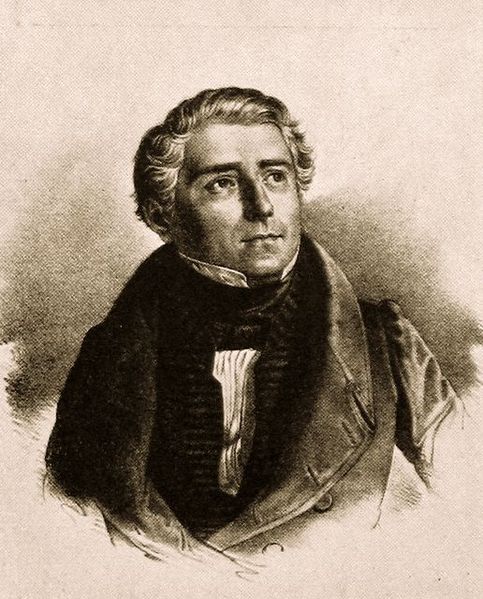Loewe, Erlkönig
 Carl Loewe (1796-1869) began his musical studies as a choirboy in Köthen, a town where J. S. Bach had earlier held a court appointment. He was noted for his excellent singing voice and as a child had sung the famous Queen of the Night aria from Mozart’s The Magic Flute. As an adult, he was a much acclaimed tenor who performed across Europe.
Carl Loewe (1796-1869) began his musical studies as a choirboy in Köthen, a town where J. S. Bach had earlier held a court appointment. He was noted for his excellent singing voice and as a child had sung the famous Queen of the Night aria from Mozart’s The Magic Flute. As an adult, he was a much acclaimed tenor who performed across Europe.
In 1830, he settled in the Prussian town of Stettin (now Szczecin in Poland) where he served as organist and kantor at St. Jacobus Cathedral and professor at the Gymnasium and seminary. He would spend the remainder of his professional life there, serving for 46 years. His compositions include piano sonatas, string quartets, symphonies, oratorios, and operas. But he is best known for his ballads, many of which were composed between 1820 and 1830. His setting of Erlkönig was written in 1817-1818 and published in 1824.
We have asked students in our Discovering Music course to make a comparison of Loewe’s setting of Erlkönig with the more famous setting by Schubert (featured here earlier as Friday Performance Pick 18). Both were written at about the same time—Schubert’s in 1815. The ballad penned by Johann von Goethe tells the story of a father carrying his young boy on horseback to seek medical help while the Elf-King (representing death) stalks and cajoles the boy. These three characters (in addition to the narrator) all have dialogue, each with a very different attitude requiring a distinct musical treatment. And, of course, the horse plays a central role throughout in the frantic race against death. Schubert and Loewe come up with very different ways of conveying the action, but both are quite effective.
The German and English text can be found here.



